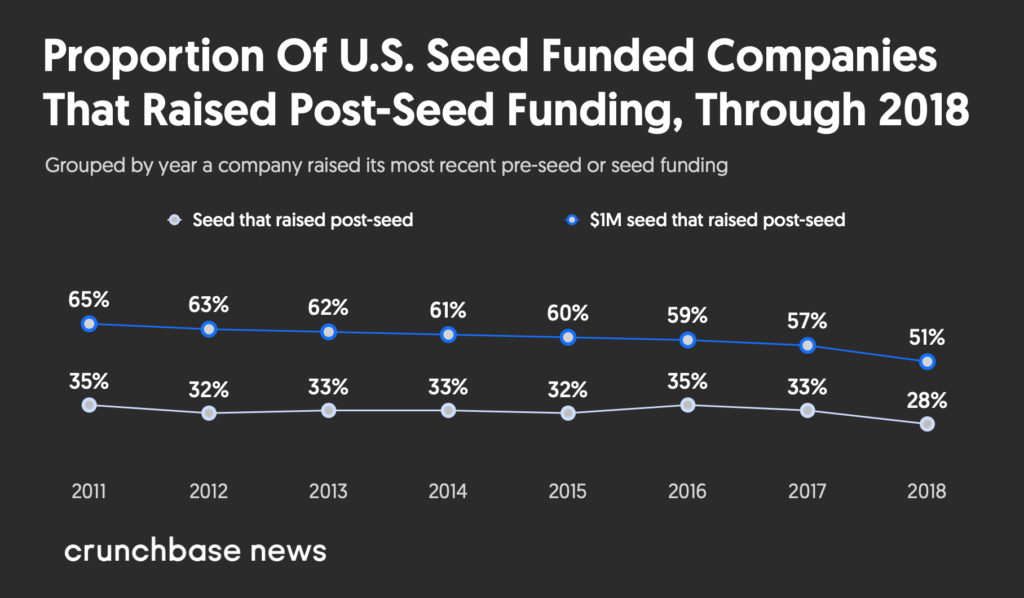The Importance of MIS for Startups
A Management Information System (MIS) is a critical tool for startups of all sizes and it helps startups track their progress, identify trends, and simplify decision-making. Furthermore, MIS helps startups communicate their performance to investors and other stakeholders.
MIS Statements:
- These Statements provide a month wise snapshot of financial aspects such as revenue, expenses, cash flow, and balance sheet.
- They provide a detailed breakdown of incurred expenses and generated revenue.
- In addition to this, MIS Statements also provides balance sheet details and can also incorporate charts and graphs with analytical representation, providing an appealing overview of the company’s performance.
Financial Metrics
Gross Merchandise Value (GMV): The total value of all transactions processed on the startup’s platform.
Sales: The total amount of revenue generated from sales.
Gross Margin (GM): The difference between sales and the cost of goods sold (COGS).
EBITDA: EBITDA is a measure of a company’s profitability before taking into account interest payments, taxes, depreciation, and amortization. It is a popular metric for investors because it provides a good proxy for a company’s cash flow generation ability.
PAT: PAT is the net profit of a company after all expenses and taxes have been paid. It is the most important metric for investors because it represents the bottom line of a company’s financial performance.

Customer Acquisition Cost (CAC): The average cost of acquiring a new customer.
Lifetime Value (LTV): The total revenue expected to be generated from a customer over their lifetime.
Balance Sheet:
Monthly balance sheet report provides a summary of a company’s assets, liabilities, and equity at a specific point in time. The company uses it to track its financial health and performance over time. The balance sheet enables the identification of trends, assessment of risks, and informed decision-making about the company’s future.

Operational Metrics
- Operational metrics vary across sectors and companies, reflecting their unique business models and goals.
- Monthly Active Users (MAUs): The number of unique users who interact with the startup’s product or service in a given month.
- Daily Active Users (DAUs): The number of unique users who interact with the startup’s product or service in a given day.
- Average Session Duration: The average amount of time that users spend interacting with the startup’s product or service in a single session.
- Churn Rate: The percentage of users who stop using the startup’s product or service in a given period of time.
Significance of MIS for Founders
- Improved decision-making: MIS provides startups with the data they need to make informed decisions about their business. Like for example an MIS can help a startup decide which marketing channels are most effective at acquiring new customers.
- Increased efficiency: MIS can help startups automate manual tasks and streamline processes, which can free up employees to focus on more strategic initiatives.
- Improving Operations: Let assume a startup sells two goods A & B, MIS statements define revenue and expenses for each product individually. This detailed information assists managers in making informed decisions and taking corrective measures. If a product, like B, is generating losses, managers can decide to shut it down partially or completely based on demand.
- Improved communication: MIS can help startups improve communication with investors and other stakeholders by providing them with accurate and timely information about the company’s performance.
Significance of MIS for Investors
Investors are increasingly looking for startups that have a strong MIS in place. This is because an MIS can help investors to:
- Understand the startup’s business model and how it makes money.
- Track the startup’s progress and identify any potential red flags.
- Assess the startup’s management team and their ability to execute on their business plan.
- It helps startups to build trust with investors. By providing investors with accurate and timely information about their business, startups can build trust and confidence.
Bottomline:
If you are a startup aiming to raise funds, a Management Information System (MIS) is mandatory. Also, investors use a variety of metrics to evaluate startups during fundraising. Therefore, an MIS can help you to track these metrics and provide investors with accurate and timely information about your business.
The below are some of the MIS templates that can be used. Also, please note that the MIS line items vary across sectors and companies, reflecting their unique business models and goals.



Download the samples here: 3 MIS Samples
Read More About: Primary vs. Secondary Offerings in Startup Funding




























































